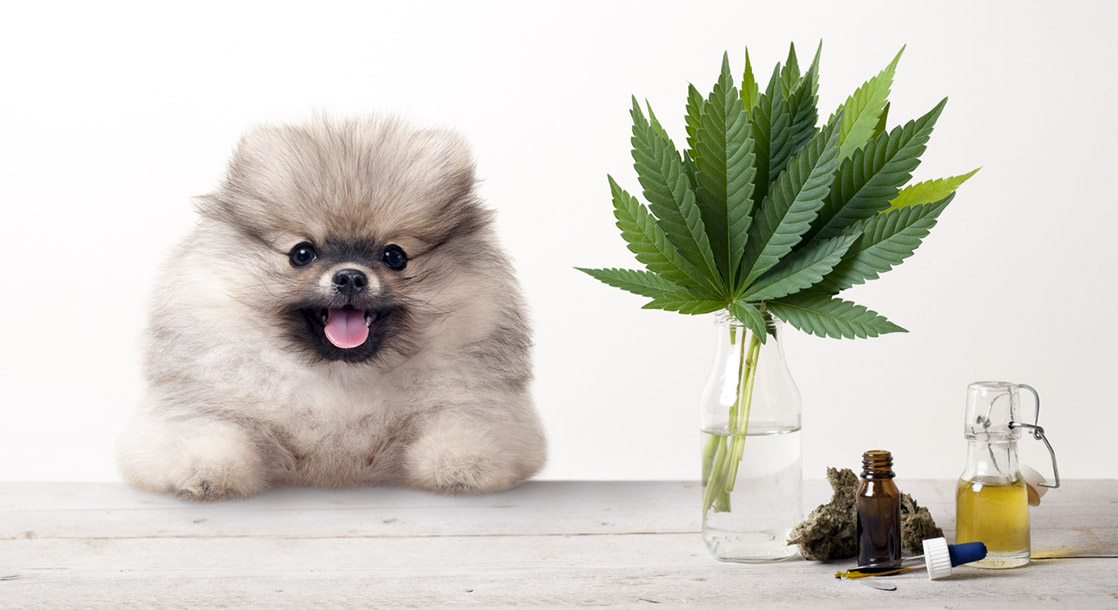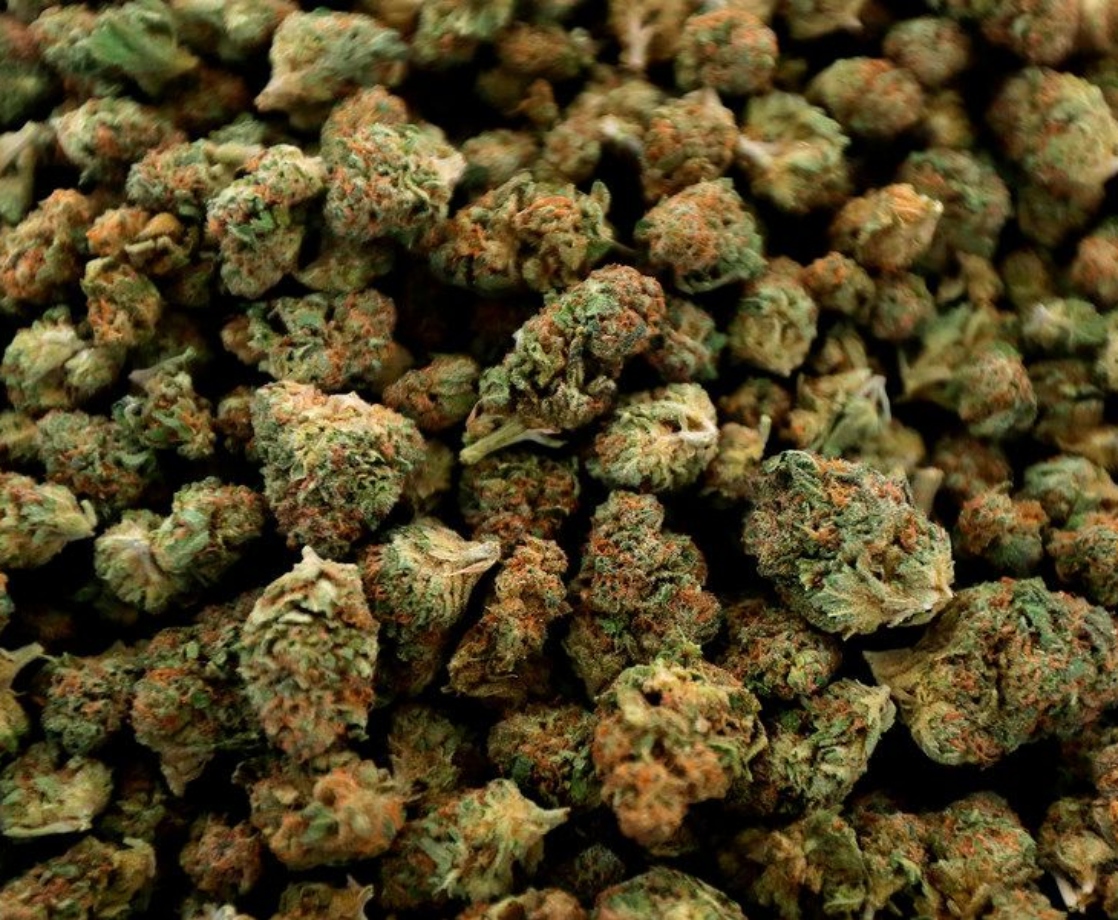When the basic tenets of math were laid down thousands of years ago by ancient smarties like Pythagoras and the Sumerians, simple principles like 1=1 and 2=2 were fundamentally understood as no-brainers. When we ask for one hit off the bong or two puffs off a joint, we don’t mean 1/8th of a hit or ¼ of a puff, right?
So why are Colorado lawmakers about to enforce a new set of mathematical rules later this year that will change 1=1 to where 1 now equals 3.5?
In this case, I’m talking about purchasing power. Currently, an in-state resident can purchase up to an ounce (28 grams) of marijuana flower or its equivalent in concentrates, edibles or similar product. This means that 28 grams of flower is equal to 28 grams of infused edibles is equal to 28 grams of wax/shatter and so on. It’s simple math, it’s easy to remember on both sides of the transaction, and it’s worked beautifully thus far.
However, it seems these equivalencies were just too simple for Colorado’s lawmakers. With the new equivalency changes initially slated for January of 2016, one ounce of flower will equal 8 grams of concentrates and 800 mg of edibles, resulting in a 35% decrease in the amount of infused cannabis products we can legally purchase at once.
So why does Colorado’s Marijuana Enforcement Division want to change the rules all of a sudden?
One Study to Rule Them All
The answer lies in a report from August 2015 called “Marijuana Equivalency in Portion and Dosage”. According to this study, the need for these changes stems from the assertion that concentrates and edibles were never restricted in the initial legislation to regulate marijuana, and — because they have grown quite popular — they’ve decided to stick fatter fingers into the cookie jar. From page 6 of the executive summary:
“The original legislation to legalize and regulate marijuana in Colorado does not explicitly restrict marijuana concentrates and infused edibles. Over time, these marijuana products have become more popular, prompting new legislation to remedy the omission.”
Utilizing three so-called “equivalency perspectives”, this report bases the new equivalency formulas on production, dosing, and market price of THC-infused goods. In other words, they aim to use science to prove that the amount you are allowed to purchase at the register should equal the potency of the product rather than by weight.
It’s just like telling a child that he or she can have one sucker a day, but only if that sucker has less than 28 grams of sugar in it. Oh, you want a Blow Pop? Sorry kid, you’re not responsible enough to handle that much sugar. How about a nice Dum-Dum instead?
Global Repercussions
What they’re doing here is laying the groundwork for more rules that further dictate how much cannabis a responsible adult can legally purchase. Because states like Colorado and Oregon are considered pioneers in the legal recreational marijuana movement, this could set precedence for other cities/states/countries that could be devastating to the edibles and concentrates industries.
Imagine your customers being able to buy X amount of your product every day and then one day new changes sweep into effect and your revenue is cut by more than a third. What would this do to your business? For most edibles and concentrates businesses, profit margins are so thin as-is that they would have no choice but to close their doors. The only businesses that would be able to survive would be the big boys with the equally big prices.
The prevailing question on our cannabis-infused minds remains: why is it okay to enact these limitations on the marijuana industry and not liquor stores when Amendment 64 specifically states that cannabis is to be regulated “in a matter similar to alcohol”?
If you want to keep everything “equivalent”, you’ll need to limit the amount of alcohol someone can purchase at the store as well. Judging by the hostile response that would undoubtedly receive, I’m going to take a wild guess and say that not all things are as equal as the law says they should be (*cough* Amendment 64 *cough*).
So be sure to figure that out for me when I’m at the liquor store register next time and let me know how much alcohol I am allowed to go home with, oh mighty lawmakers.











